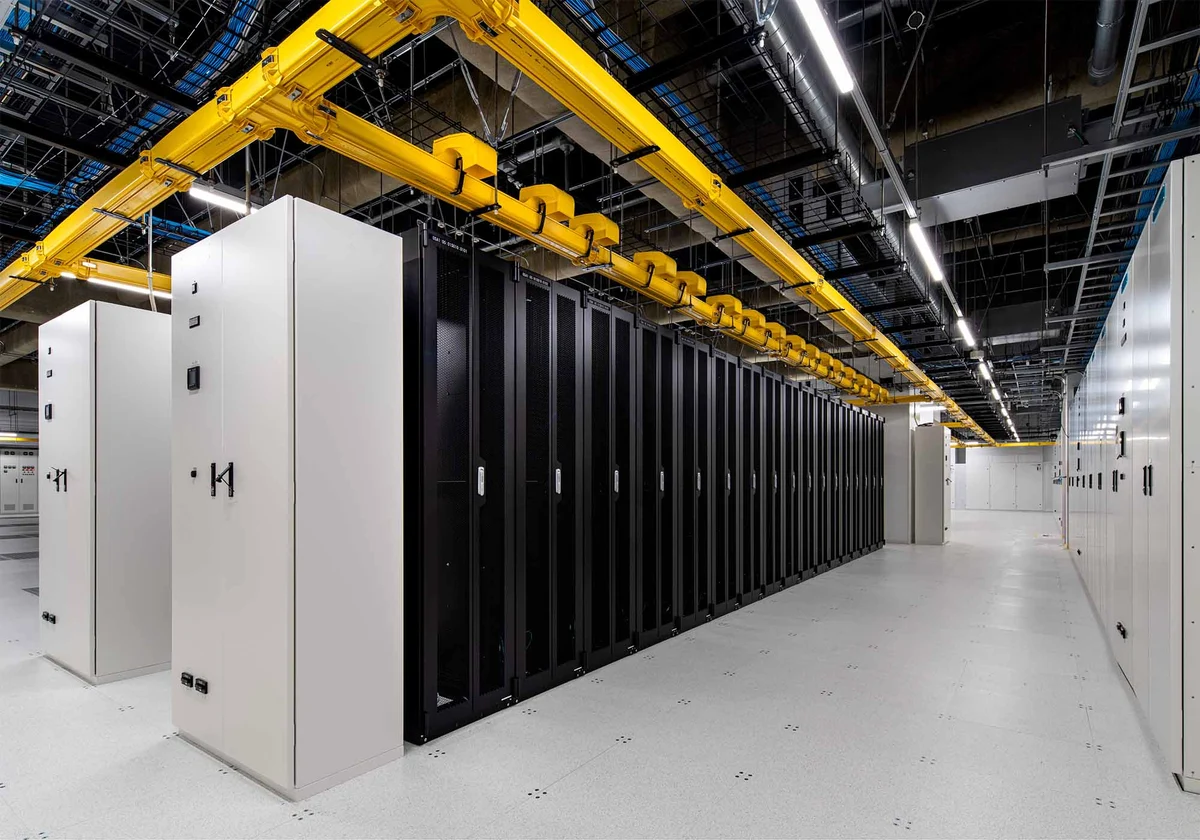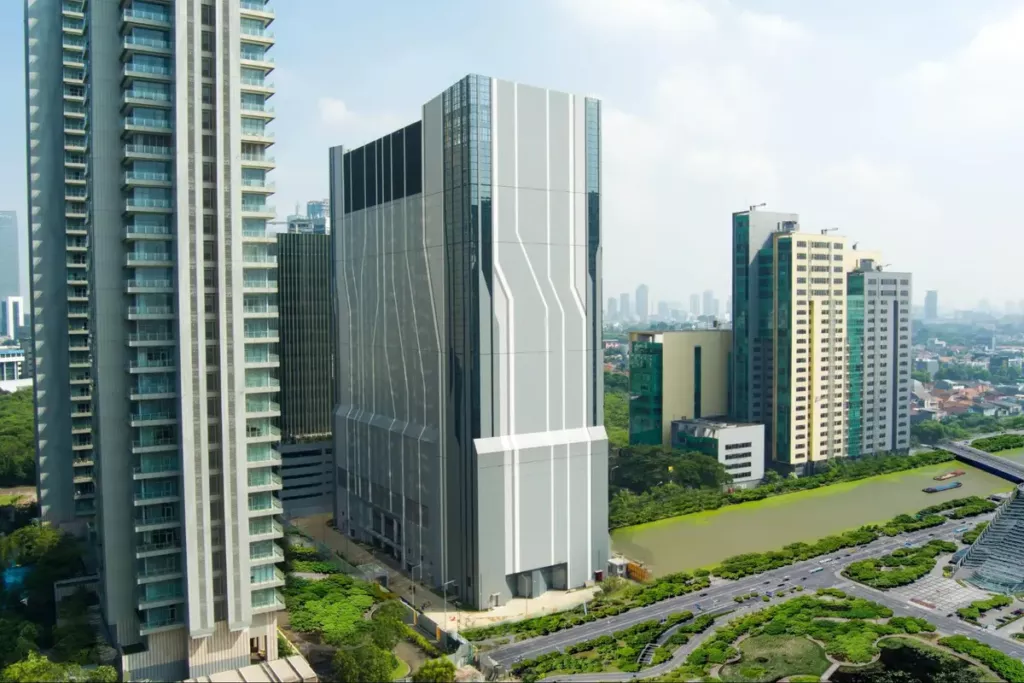Key Features of a Hyperscale Data Center

A hyperscale data center is a facility designed to support massive computing power, storage, and network resources on a rapid, scalable basis. This type of infrastructure is essential for companies that require flexible, cost-effective, and high-performance digital environments. In this article, we explore the key features of a hyperscale data center, highlighting insights that also reflect the innovations brought forward by data center providers:.
1. Scalability and Modularity
One of the defining characteristics of a hyperscale data center is its ability to scale quickly. Designed with modular architectures, a hyperscale data center can add additional computing, storage, or power modules as business needs grow. This modularity allows for flexible expansion, ensuring that a hyperscale data center remains future-proof and cost-efficient. For instance, Google’s hyperscale facility in Council Bluffs, Iowa spans over 2 million square feet, with modular designs enabling swift expansion.
2. High-Density Computing
A hyperscale data center is engineered for high-density computing, meaning it can house a large number of servers and networking equipment in a limited space. This feature maximizes space utilization while delivering high performance for resource-intensive applications such as cloud services, big data analytics, and real-time processing.
3. Energy Efficiency and Sustainability
Energy efficiency is a critical focus in any hyperscale data center. With thousands of servers operating concurrently, managing energy consumption becomes paramount. Advanced cooling techniques—such as liquid cooling and optimized airflow management—help a hyperscale data center reduce its overall Power Usage Effectiveness (PUE). Many modern facilities now emphasize sustainable practices, and EDGE DC is no exception. We use 100% renewable energy to take part in the green initiative.
4. Redundancy and Reliability
The reliability of a hyperscale data center is underpinned by comprehensive redundancy measures. Multiple power feeds, backup generators, redundant cooling systems, and diverse network connections ensure continuous uptime even in the event of component failures. This redundancy is crucial for organizations relying on uninterrupted service for mission-critical applications.
EDGE DC’s infrastructure, for example, is designed with redundant power sources and cooling systems to deliver nearly 100% uptime, which is essential for hyperscale data center operations.
5. Advanced Automation and Management
Automation plays a pivotal role in the operation of a hyperscale data center. With the complexity and volume of devices involved, advanced management systems and data center infrastructure management (DCIM) tools are necessary to monitor and control operations in real time. Automation not only minimizes human error but also enables rapid provisioning of resources.
6. Robust Connectivity and Global Interconnectivity
A hyperscale data center is built to offer robust connectivity with high-speed, low-latency network links. Multiple fiber paths and direct peering with major internet exchanges are common features that enable a hyperscale data center to handle large volumes of data with minimal delay. This connectivity is critical for supporting applications that require real-time processing. EDGE DC, for instance, leverages its strategic location and extensive network partnerships to deliver superior interconnectivity—a feature that is fundamental to the success of a hyperscale data center.
7. Comprehensive Security and Compliance
Security is a top priority in any data center, and a hyperscale data center typically employs a multi-layered security strategy. Physical security measures such as biometric access, 24/7 surveillance, and secure perimeters work in tandem with advanced network security protocols including firewalls, intrusion detection systems, and encryption technologies.
Compliance with international standards is also a key consideration. Examples of major certifications maintained by hyperscale providers are ISO 27001 for information security management and PCI DSS for secure payment processing, allowing organizations to leverage these existing certifications rather than going through lengthy and expensive certification processes themselves.
8. Flexible and Agile Infrastructure
A hyperscale data center must be capable of adapting quickly to changing technology trends and workload requirements. Flexible infrastructure allows organizations to deploy and manage diverse applications—from cloud computing and artificial intelligence to Internet of Things (IoT) and big data analytics—without compromising on performance.
EDGE DC’s approach to designing and operating its facilities reflects this agility, providing clients with flexible infrastructure solutions ranging from quarter racks to half racks and full racks to meet specific business demands.
Read more: Driving the Future: Integrating Renewable Energy into Data Centers
Conclusion
The key features of a hyperscale data center—scalability, high-density computing, energy efficiency, redundancy, automation, robust connectivity, comprehensive security, and flexible infrastructure—work together to create a dynamic environment capable of meeting today’s digital demands.
Whether you are looking to optimize your IT infrastructure or explore advanced data center solutions, understanding these features will help you appreciate how edge data centers bring computing resources closer to end users, reducing latency and improving performance for your digital transformation initiatives.
Looking for a hyperscale data center that delivers scalability, efficiency, and low-latency connectivity? Explore how EDGE DC can power your digital transformation with industry-leading infrastructure.


